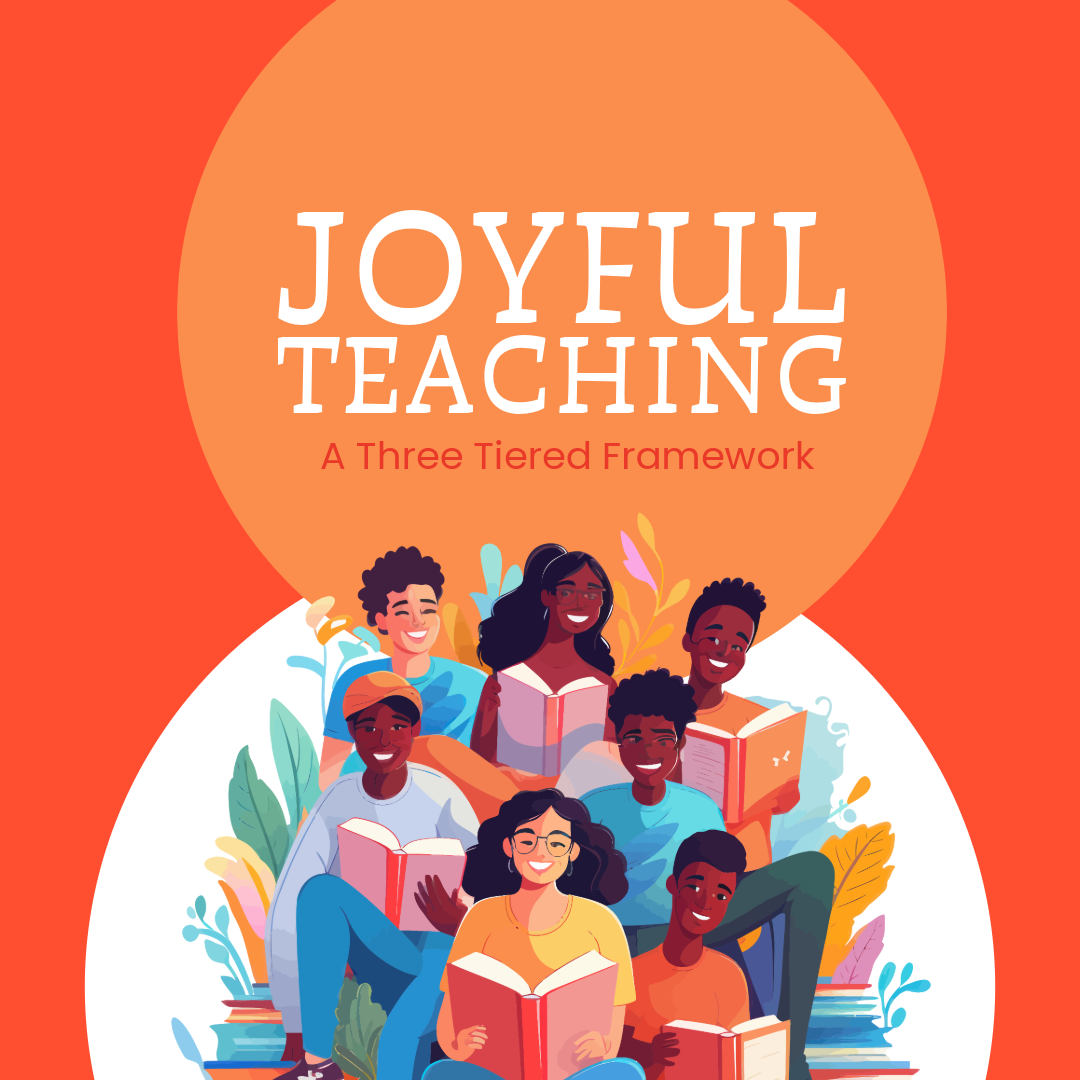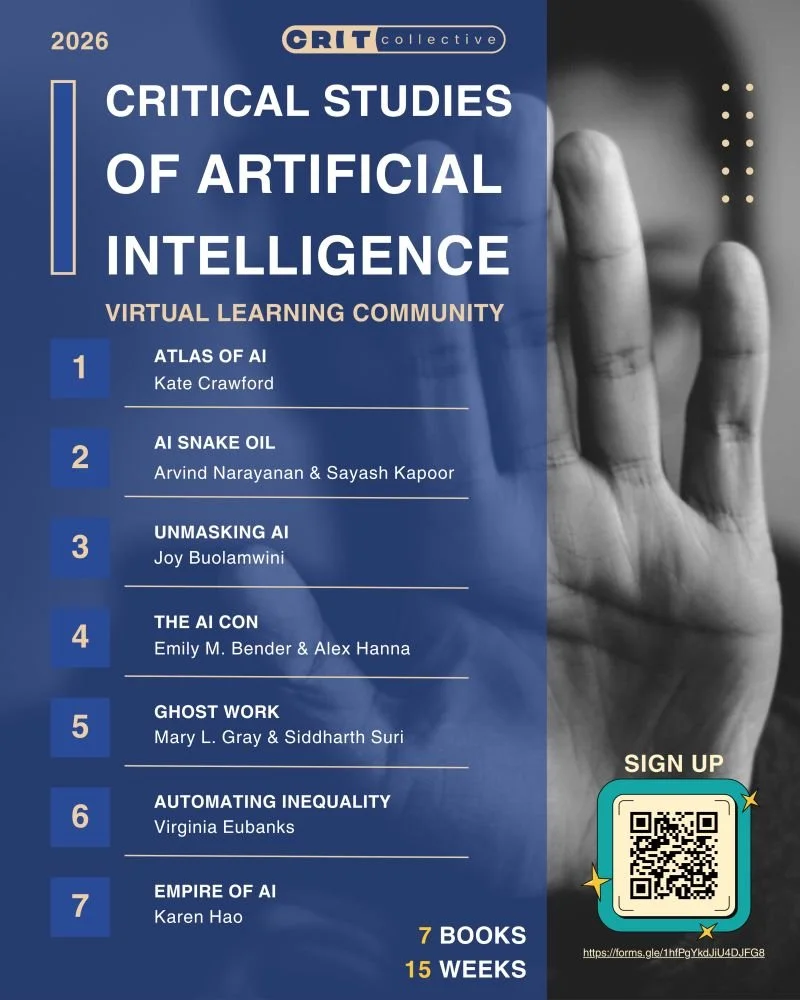Joy in teaching is often framed as enthusiasm, energy, or charisma.
But the longer I work alongside faculty and students, the clearer it becomes: joy is less about performance and more about infrastructure.
Joyful teaching does not magically appear because we love our discipline or design clever assignments. It emerges when the environment is humane enough for people to think, struggle, and grow without fear.
That is where kindness enters—not as softness, but as structure.
Recently, I came across Justin Mecham’s Level Up with Kindness framework, which organizes kindness into three layers: Foundational, Relational, and Cultural. Reading it alongside my own reflections on joyful teaching, I realized something important:
Joy is sustained by kindness that is practiced consistently, not occasionally.
Below is how I see these layers playing out in real classrooms, teaching teams, and academic cultures.
Foundational Kindness: The Conditions for Learning
Foundational kindness is not inspirational. It is practical.
And without it, joy cannot take root.
This includes things like:
Showing up on time
Respecting boundaries
Offering help without being asked
Acknowledging effort, not just outcomes
These behaviors may seem small, but they signal something essential: you matter here.
In my post on joyful teaching, I wrote about how students need to feel safe enough to engage deeply. Foundational kindness is what creates that safety. When expectations are clear, time is respected, and help is normalized, students are freed from guessing games. Cognitive energy shifts from self-protection to learning.
This is especially critical in computing, engineering, and data-heavy courses where students can often feel behind before they begin.
Joy does not come from removing rigor.
It comes from removing unnecessary friction.
Relational Kindness: Trust as a Teaching Practice
Relational kindness is where most people think kindness lives. But it is also where it is most often misunderstood.
This layer includes:
Listening without immediately fixing
Offering honest, specific praise
Supporting people during periods of stress
Celebrating others’ wins publicly
What stands out to me here is how intentional these practices are. None of them are automatic. They require attention, patience, and restraint.
In joyful teaching, relational kindness shows up when:
We let students explain their thinking before correcting it
We acknowledge effort even when the result falls short
We protect students’ dignity when they struggle publicly
It also shows up among colleagues when we stop treating burnout as a personal failure and start treating it as a design problem.
Relational kindness builds trust, and trust is what allows students and faculty alike to take intellectual risks. Without trust, everything feels performative. With it, learning becomes collaborative.
Cultural Kindness: The Signals That Shape Behavior
Cultural kindness is the hardest layer because it is collective, not individual.
This includes:
Welcoming new voices, especially quieter ones
Modeling emotional regulation under pressure
Leading with humility
Protecting team boundaries
Creating space for honest, hard conversations
Cultural kindness answers the unspoken question: What actually happens here when things get hard?
In joyful teaching cultures:
Mistakes are treated as data, not defects
Feedback flows in more than one direction
Saying “no” is seen as professionalism, not lack of commitment
This layer matters because students and junior faculty are always watching. They learn what is valued not from mission statements, but from reactions.
Joy cannot survive in cultures where people feel disposable.
Kindness Is Not Extra. It Is the Work.
One of the quiet myths in academia is that kindness is something you add after rigor, productivity, and excellence are addressed.
In reality, kindness is what makes those things possible over time.
Joyful teaching is not about being endlessly positive. It is about building systems where people can bring their full cognitive and emotional capacity to the work without burning out.
Kindness, practiced at all three levels, is not a personality trait.
It is a design choice.
And like any good design, it requires intention, iteration, and care.
A Closing Reflection
If joy feels elusive right now, it may not be because you are doing too little.
It may be because the system around you is asking for too much without enough kindness built in.
The good news is this: kindness scales.
And when it does, joy often follows.






